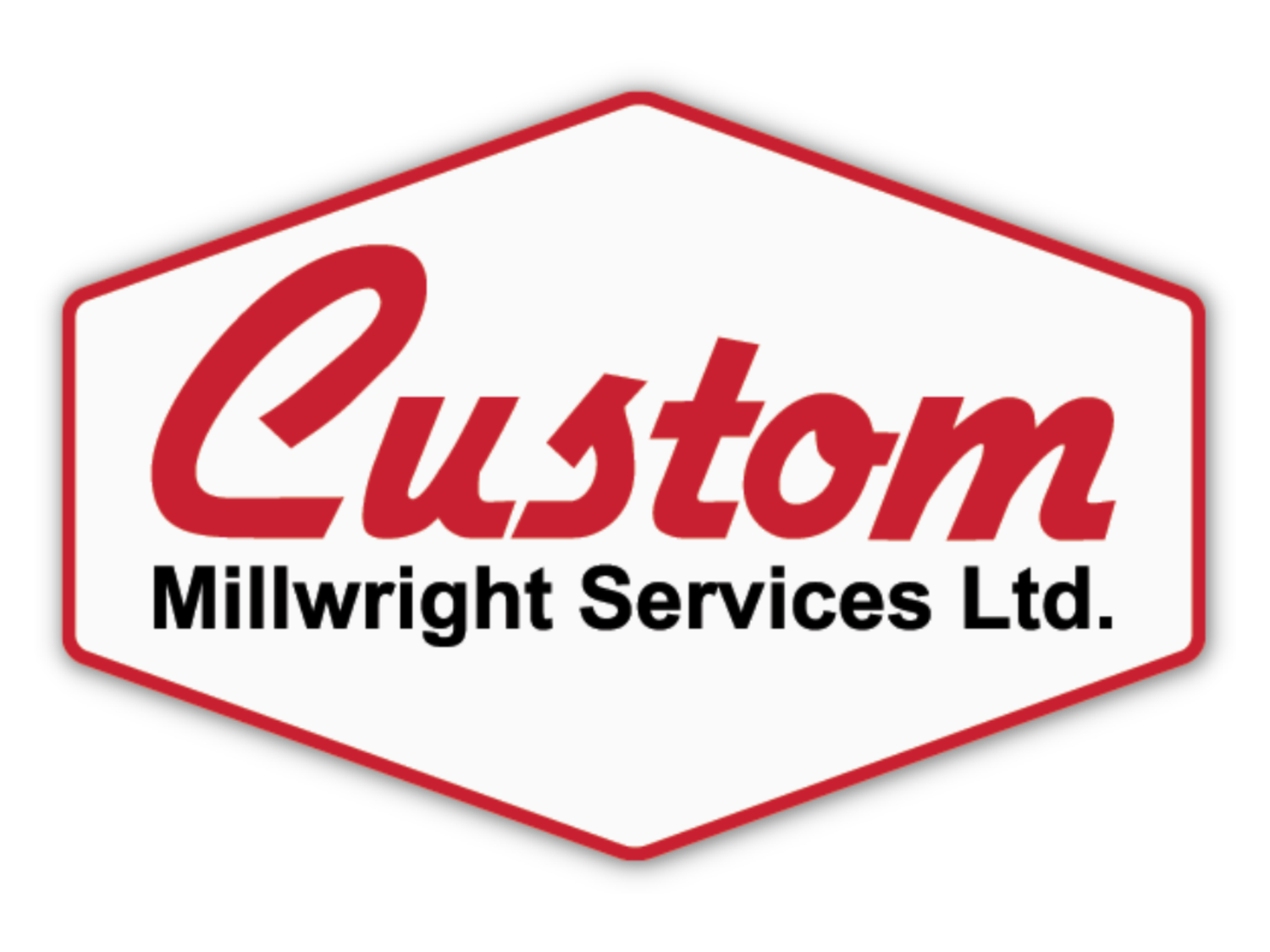Inside the Playbook: What the Top Industrial and Ag Crews Do to Avoid Downtime
If you’ve ever been elbow-deep in equipment trying to get things running again while the rest of your operation is at a standstill—you know the cost of waiting until something breaks. And I’m not just talking about the cost in dollars. I’m talking about the lost time, delayed shipments, crew frustration, and the domino effect of downtime.
Across Saskatchewan, Alberta, and Manitoba, operations in grain handling, industrial sites, and manufacturing facilities are under more pressure than ever to keep things moving. And while every operation is different, there’s one thing they all have in common: when things break, it doesn’t just slow you down. It hurts.
At CMS, we’ve worked in facilities where a single failed bearing shut down a full production line. We’ve seen overlooked maintenance on a blower system take out an entire dryer operation in peak season. And too often, it could’ve been avoided.
Here’s what the best operations are doing differently—and how it’s paying off.
1. They Build Maintenance into the Schedule
You wouldn’t skip oil changes on your truck and expect it to run forever. The same goes for conveyor systems, gearboxes, or anything else with moving parts. Top-performing operations plan their downtime. That means seasonal shutdowns for inspections, lubrication schedules, and system checks—before there’s a problem.
Worth Knowing:
The quietest time of year is the best time to plan your shutdowns. Do it then—and you won’t be chasing parts or scrambling mid-harvest.
2. They Know What’s Wearing Out—Before It Fails
Most failures give you signs before they shut things down. A bit of extra vibration. A squeak, squeal or clunk. A drop in output. The smartest operators don’t ignore them—they investigate. We’ve caught bearing failures, worn liners, and alignment issues just by taking the time to look with a trained eye—and listen for the things that don’t sound right.
Here’s What We Watch For:
If something starts pulling more power, moving slower, or making an odd sound—it’s trying to tell you something. Better to check it now than lose a day to it later.
3. They Train Crews to Flag Small Issues
Your boots-on-the-ground crew sees things every day that can signal a bigger issue. But if they’re not trained to spot trouble or don’t feel like they’ll be taken seriously, those early signs get missed. The best-run facilities create a culture where crew members speak up—and know what to look for.
Worth Doing:
Have your crew do a quick pass of key equipment at the start of every shift. Teach them to look for leaks, loose belts, burnt smells, or buildup around bearings. A 5-minute walkaround can save thousands.
4. They Partner with Maintenance Experts (Like Us)
You can’t always do it all in-house. Whether it’s annual shutdowns or emergency fixes, having a go-to crew who knows your operation can be the difference between a quick repair and a long-haul shutdown. That’s what we do at CMS. We get to know your site, your equipment, and your expectations—so when the call comes, we’re ready.
Pro Tip: Keep a running list of what’s due for maintenance or upgrade—even if it’s not urgent. That way, when we’re onsite, we can take care of a few extras while we’re there.
5. They Track Repairs and Learn from Breakdowns
It’s not enough to fix something and move on. The best operators keep track of what went wrong, when, and why. They use that data to improve systems, prioritize upgrades, and train their teams better. That’s how you stop repeat issues before they cost you again.
Here’s What Helps:
Jot down repairs as you go—what broke, what fixed it, and when. Doesn’t need to be fancy. But when the same issue shows up again? You’ll know exactly what you’re dealing with.
If you’re running a grain operation, manufacturing line, or industrial facility in the Prairies, you already know things don’t fix themselves—and the cost of waiting is too high. We help operations across Saskatchewan, Alberta, and Manitoba stay ahead of breakdowns with smart maintenance plans, emergency repair crews, and custom-built solutions that work the way they should.
Want to talk about your operation? Reach out anytime. We’ll take a look, give it to you straight, and help you keep things running smoothly.

